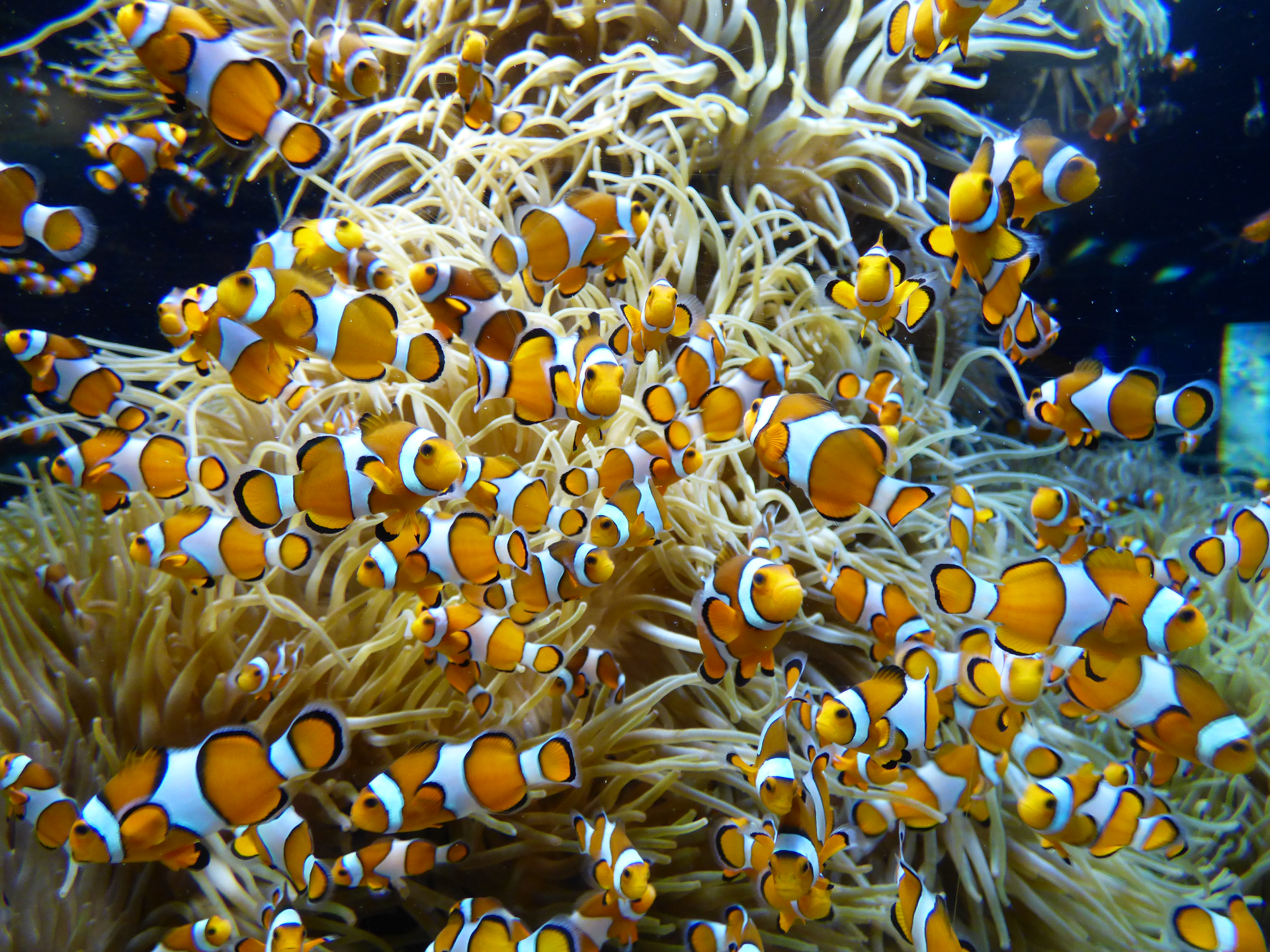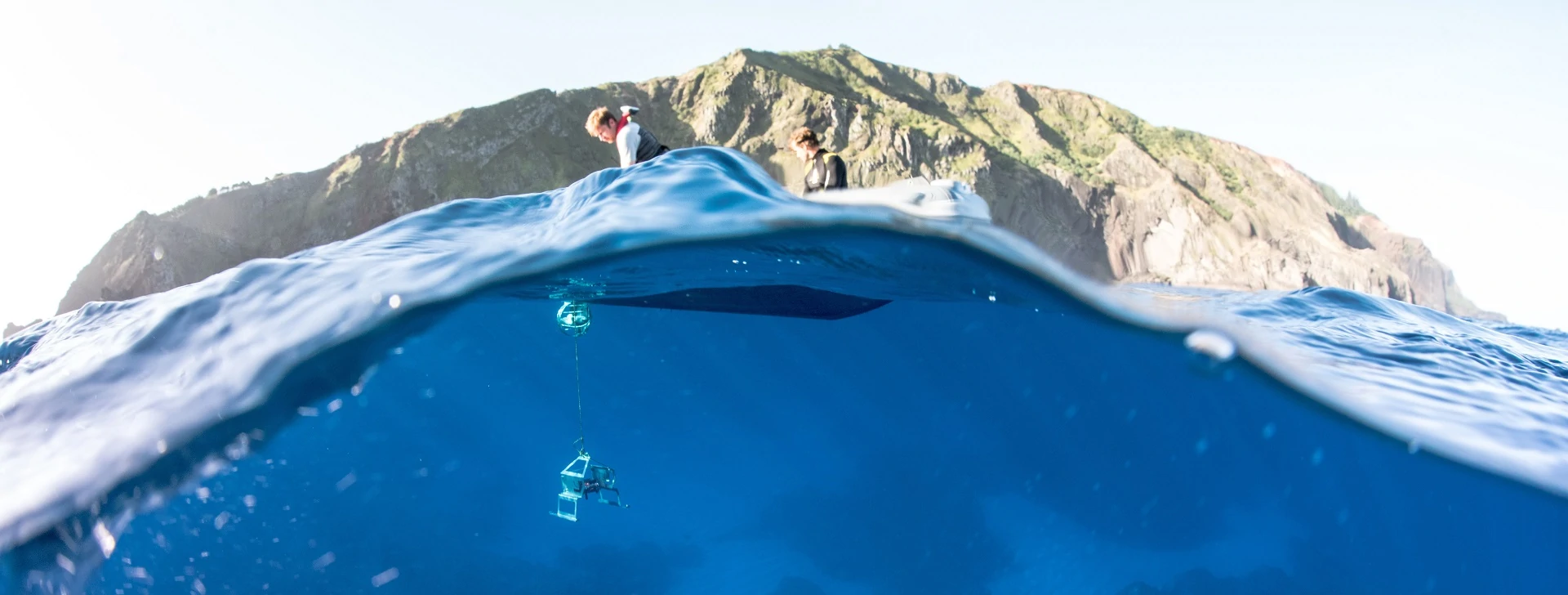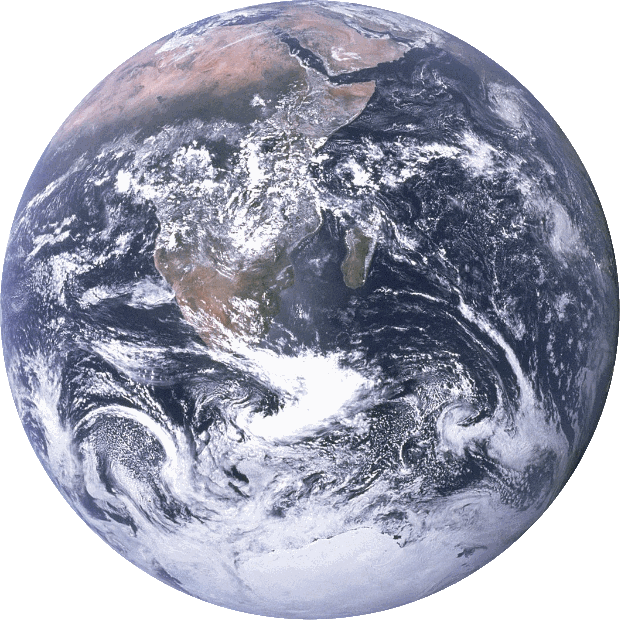DOI: 10.14466/CefasDataHub.75
Northwest European shelf seas - Phytoplankton pigments - 2010 to 2019
Description
These data contain concentrations in micrograms per litre (ug/L) of the individual accessory pigments of phytoplankton measured by High Pressure Liquid Chromatography (HPLC). Pigment samples were taken primarily on Cefas fisheries and SmartBuoy cruises and sent to DHI laboratory in Denmark for HPLC analysis. Data was then sent back to Cefas and matched with metadata and quality controlled. Chlorophyll concentrations from this dataset have a variety of uses: for assessment of concentrations for purposes such as eutrophication assessments, validation of remote sensing derived chlorophyll estimates, as a proxy for phytoplankton biomass, or to calibrate fluorometers. Pigment concentrations can be applied like a fingerprint to derive phytoplankton functional types and give information about the phytoplankton community. 2 litre water samples were collected on board the RV Cefas Endeavour from the continuous flow ferrybox water supply (4m depth), or from Niskin bottles on a rosette fired at particular depths. Water samples were filtered through a Whatman GFF filter, and immediately frozen in liquid nitrogen (2010-2012) or in a -80°C freezer on board (other years). Pigments were stored at -80°C for 1-4 months, before being selected for analysis, then transferred to the analysis laboratory (DHI; Horsholm, Denmark) using dry ice. Pigments were extracted adding 6 ml of 95% acetone (and an internal standard, vitamin E) to each filter. The samples were sonicated in an ice-cold sonication bath for 10 min and extracted at 4 °C for 20 hours. The samples were then filtered through 0.2 µm Teflon syringe filter into HPLC vials. Buffer and samples were injected on HPLC (Shimadzu LC-10A HPLC system with LC Solution software) in the ratio 5:2 using a pre-treatment program and mixing in the loop before injection (Schlüter et al 2016). The HPLC method used was the Van Heukelem & Thomas (2005) method where the gradient was adjusted to optimise the resolution of the pigments. The raw data were stored in an MS Access database. Quality control was performed after Aiken et al 2009. Samples were removed if they had insufficient chlorophyll (<0.04ug/L), a ratio of above 0.5 of degradation pigments (chlorophyllide + pheophorbide + pheophytin) to chlorophyll a, or if there was a difference between total chlorophyll a (TChla) and accessory pigments (AP) of more than 40% of the total pigments. Additionally, where at least 5 samples were collected for a survey, total chlorophyll a was regressed against total accessory pigments, and the data from the survey was rejected if the regression was poor (r2<0.75, slope <0.65 or <1.4).
Contributors
Collingridge, Kate / Forster, Rodney / Capuzzo, Elisa / Creach, Veronique
Subject
Biodiversity / Ecosystem / Eutrophication / Chlorophyll pigment concentrations in the water column / Productivity / Plankton / Algal bloom / Remote Sensing / Phytoplankton / Human impacts / Pigments / Monitoring / Pigments / Pelagic / Quality / Aquatic environment
Start Date
08/01/2010
End Date
27/10/2019
Year Published
2020
Version
2
Citation
Collingridge, Forster, Capuzzo and Creach (2019). Northwest European shelf seas - Phytoplankton pigments - 2010 to 2019. Cefas, UK. V2. doi: https://doi.org/10.14466/CefasDataHub.75
Rights List
DOI
10.14466/CefasDataHub.75


